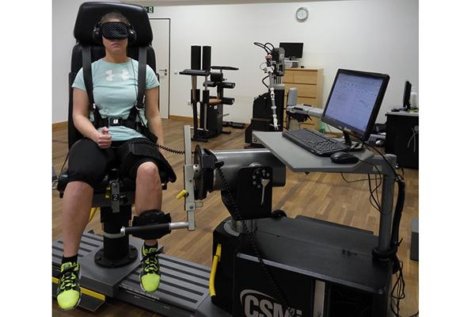SENDAI, Japan — Compression garments and elastic bandages are standard workout fare these days. Most of this is due to their ability to optimize recovery and reduce the risk of injuries. Now, a new study out of Japan finds these items also offer another benefit: limiting strength lost after an intense workout.
How did researchers at Tohoku University come to these conclusions? A computerized dynamometer monitored a group of participants as they exercised to the point of exhaustion. Then, that same device measured changes in strength and knee joint position sense on three occasions (right after the workout, 24 hours later, and one week later).

The results of the experiment were telling. Subjects wearing a below-the-knee compression garment were able to “compensate for fatigue effects on maximal strength immediately following the exercise and once 24 hours had elapsed.” In clearer terms, fitness enthusiasts can start their next workout faster following a particularly intense gym session if they had been wearing a compression garment.
“Our previous studies focused only on the effects of compression garments on joint position sense,” says Dr. János Négyesi in a university release. “The present study found such garments to have the potential to reduce strength loss after a fatiguing exercise, which may help us better understand how applying a compression garment during exercise can decrease the risk of musculoskeletal injuries during sports activities.”
However, the research finds no evidence that such clothing items offer any notable protection against knee joint position sense errors.
The study’s authors theorize that a below-the-knee compression garment can be quite helpful during regular workouts due to the mechanical support and tissue compression it offers.
In the future, researchers want to investigate if long-term (weeks) high intensity training programs produce different results.
The study is published in the European Journal of Applied Physiology.
